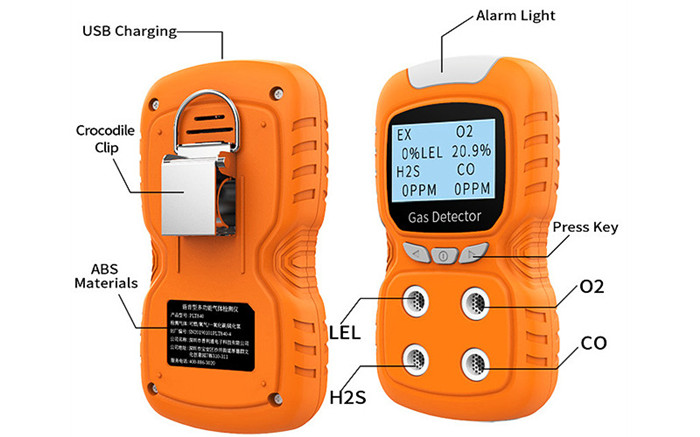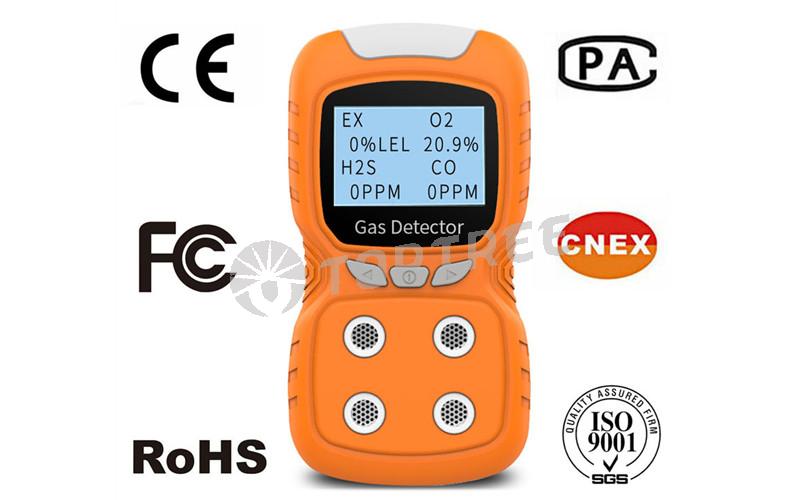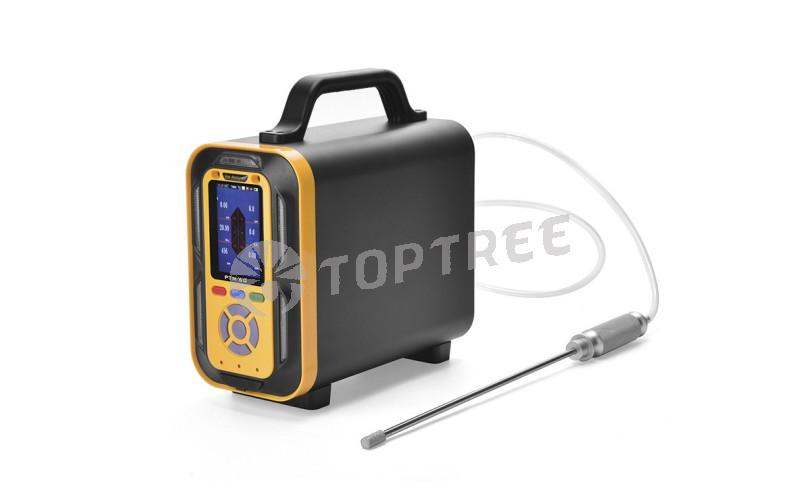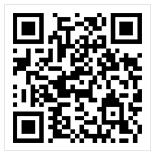CONTACT US
Skype: Toptree818
Email: info@toptreesafety.com
Email: steven@toptreesafety.com
Phone: 0086-519-81193809
Mobile: 0086-15051960989
Add: A2 Building,Shimao Plaza,Xinbei District,Changzhou 213022
How to Choose A Gas Detector: 8 Features You Need
For years, gas detectors have left users scratching their heads. Why are there negative readings? How do I know if a sensor is poisoned? Can I keep working through an alarm? Is this thing working?
Today, gas detectors are designed to make it easier for you to make safe decisions. New “smart” features not only provide clear information on the gas monitor’s status and sensors, but also tell you how to react when an alarm goes off. This takes away any guesswork about how to interpret the alarms and readings on your gas detector. But with so many features available, it can be hard to know what truly matters. At the end of the day, what is going to make you safer at work?

Read on to learn the eight must-have features in a gas detector.
1. Monitors the Right Gases for Your Environment
Let’s start with the basics. If you’re looking for a gas monitor, it’s because there is a potential for gas hazards in your environment. Therefore, the monitor you choose needs to be able to detect those gases. Start by answering these questions:
——What atmospheric hazards are present at your site?
——How many gases you need to monitor at once?
——Are there any other gases that could cause cross interference?
2. Measuring Ranges that Match Your PPE Requirements
The National Institute for Occupational Safety and Health (NIOSH) recommends different levels of personal protective equipment (PPE) based on the potential hazard exposure in parts per million (ppm).
To accurately determine exposure, your gas monitors must be able to detect levels in accordance with the NIOSH guidelines for PPE. For example, if ammonia (NH3) could be present on your site, your gas detectors must be able to detect NH3 at levels greater than 300 ppm. However, many gas detectors can only measure NH3 from 0-100 ppm. This presents an issue. Without a device that can measure ranges greater than 300 ppm (or the NIOSH recommendation for your specific toxic gas), how do you know whether your PPE is providing adequate protection?
To avoid this issue, choose a gas detector that has a measuring range that matches PPE requirements. This is especially critical if you’re looking for a gas monitor to detect ammonia (NH3), hydrogen sulfide (H2S), sulfur dioxide (SO2), or carbon monoxide (CO).
3. Flexibility to Fit Your Application
If your gas detectors will be used for personal monitoring and nothing else, then this isn’t an issue. But if you’ll be working in confined spaces, conducting remote sampling, or just want a multi-tasking monitor, you should plan ahead. Many multi-gas monitors are available in both pumped (aspirated) and non-pumped models—but there’s a third option. Some gas detectors are compatible with slide-on pumps, allowing you to use one monitor across a number of situations. Although both pumped and non-pumped monitors can both be used for personal monitoring, slide-on pumps are a popular option because they reduce the weight of a monitor and an extend the battery life.
4. Status Alerts and Maintenance Reminders
Newer multi-gas detectors offer on-screen status messages you can view—before turning it on—to check that it’s ready to use. This is helpful if you share monitors with your peers and need to know whether it’s charged and what sensors are installed.
5. Alarm Action Messages and Full-Screen Alarms
When a gas detector goes into alarm, you need to instantly know how to act. It’s easier to make the safest choice quickly when monitors can communicate the correct action and reinforce safe behavior. Custom alarm action messages make it easy to take the appropriate action in an emergency.
6. Peer-to-Peer Connectivity
Peer-to-peer connectivity links nearby gas monitors to automatically share gas readings, panic alarms, man-down alarms, and more. Instead of guessing what to do when a gas monitor goes into alarm, peer-to-peer connectivity in gas detectors ensures that you get the information you need to act fast.
Whether a gas hazard, man-down, or panic situation causes an instrument to alarm, all peers in the connected group will instantly receive an alert on their own monitors showing who is in danger and why. Workers can even pick up readings from nearby area monitors so they know whether gas hazards are approaching their work area.
7. Support for Live Monitoring
Live monitoring is a quantum leap forward in gas detection because it allows safety managers to see when workers encounter hazards, what the hazard is, where they’re located, and whether the worker needs help. Live monitoring improves safety outcomes by giving safety managers the information they need to respond quickly in an emergency.
8. Easy Maintenance
When time is limited and critical repairs take precedent, it’s not unusual for routine gas detector maintenance to be postponed. Subscription-based service programs allow you to lease gas detectors and pair them with docking stations to automate routine maintenance and eliminate repairs.
Need help choosing the gas detector that’s right for you? Contact us for a free assessment of your gas detection needs.













